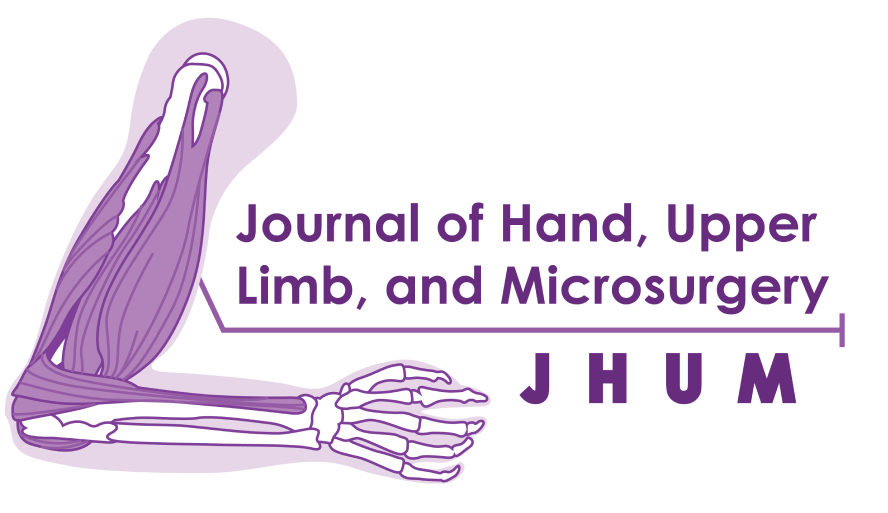SURGICAL FASCIECTOMY WITH HONEYCOMB INCISION FOR DUPUYTREN’S CONTRACTURE: A REPORT OF TWO CASES
Keywords:
dupuytren contracture, fasciotomy, honeycomb incisionAbstract
Introduction Dupuytren's disease is a fibroproliferative disease involving the hand's palmar fascia and induces varying degrees of nodule and cord formation. High prevalence is reported in some diseases, such as hypertension, alcoholism, diabetes, hyperlipidemia, ischemic heart disease, chronic obstructive pulmonary disease (COPD), pulmonary tuberculosis, epilepsy, and rheumatoid arthritis (RA).
Case Presentation There were 2 cases presented within the same patient. A 69-year-old man complained that he couldn't bend or straighten his little fingers on both hands for the past eight years. there was a flexion deformity on the right metacarpophalangeal (MCP) joint of the small finger with visible thickening of the flexor tendon. Palpable cord was found on volar metacarpal 4 and volar phalanx 1 up to metacarpal 5. There were also limited active range of motion (AROM) at the level of MCP, proximal, and distal interphalangeal (PIP & DIP) joints in the ring and little finger due to stiffness. We performed fasciectomy and cord release following honeycomb incision to the affected hands. Cord was excised and histological evaluation confirmed the diagnosis. Post operative outcome was good with no residual deformity and satisfactory function.
Discussion The most common treatment modality for Dupuytren contracture is open partial fasciectomy. Numerous surgical skin incisions have been described, but had to avoid straight longitudinal incisions due to being prone to secondary skin contractures. For this purpose, the most common designs are the zigzag incision, the V-Y incision, and Z-plasties. Such procedures had been reported to produce good outcome for the patient and relief of symptoms.
Conclusion We repost a series of 2 cases of Dupuytren’s disease managed by open fasciectomy and cord release after a honeycomb incision. Good outcomes were achieved based on the corrected deformity and return to normal function.

